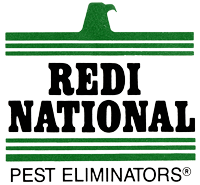How to Prevent Termite Damage During Home Remodeling
When planning a home remodeling project, homeowners often focus on aesthetics, functionality, and cost-efficiency. However, an equally vital aspect that deserves attention during such undertakings is the potential for termite damage. These pesky insects may be small, but they can cause extensive destruction to wooden structures, leading to costly repairs and compromising the integrity of…
